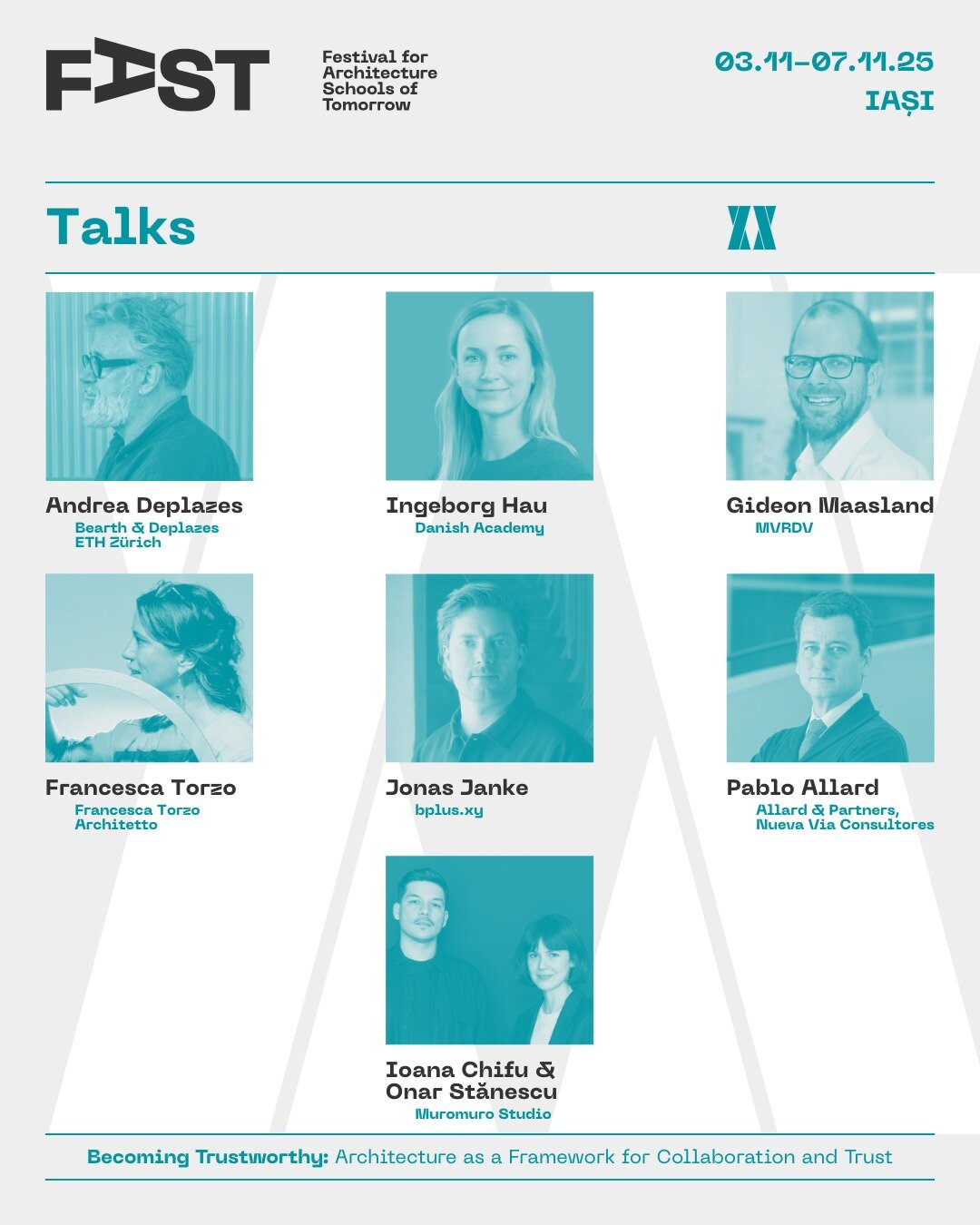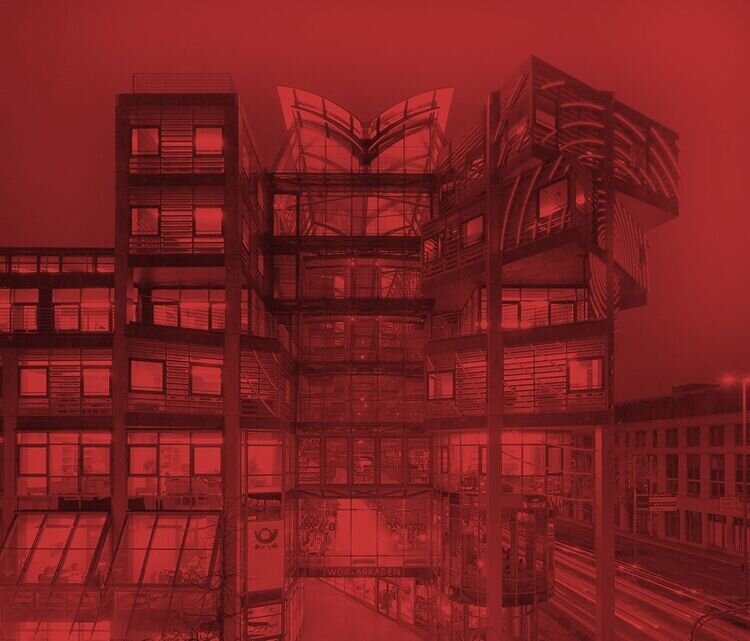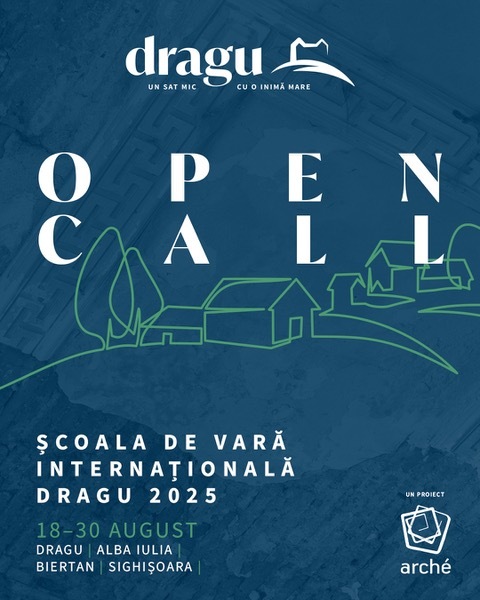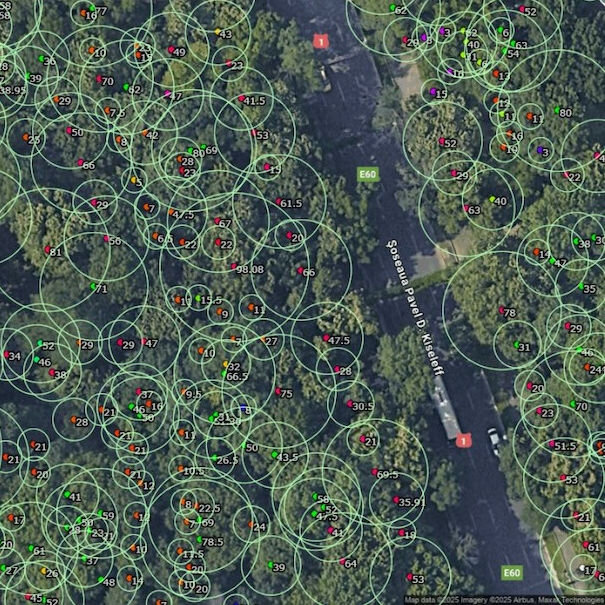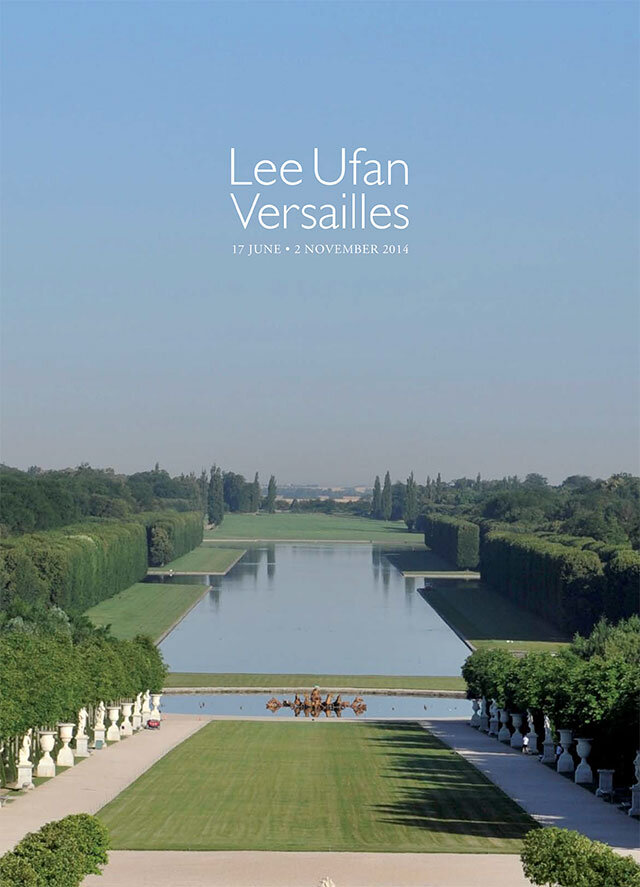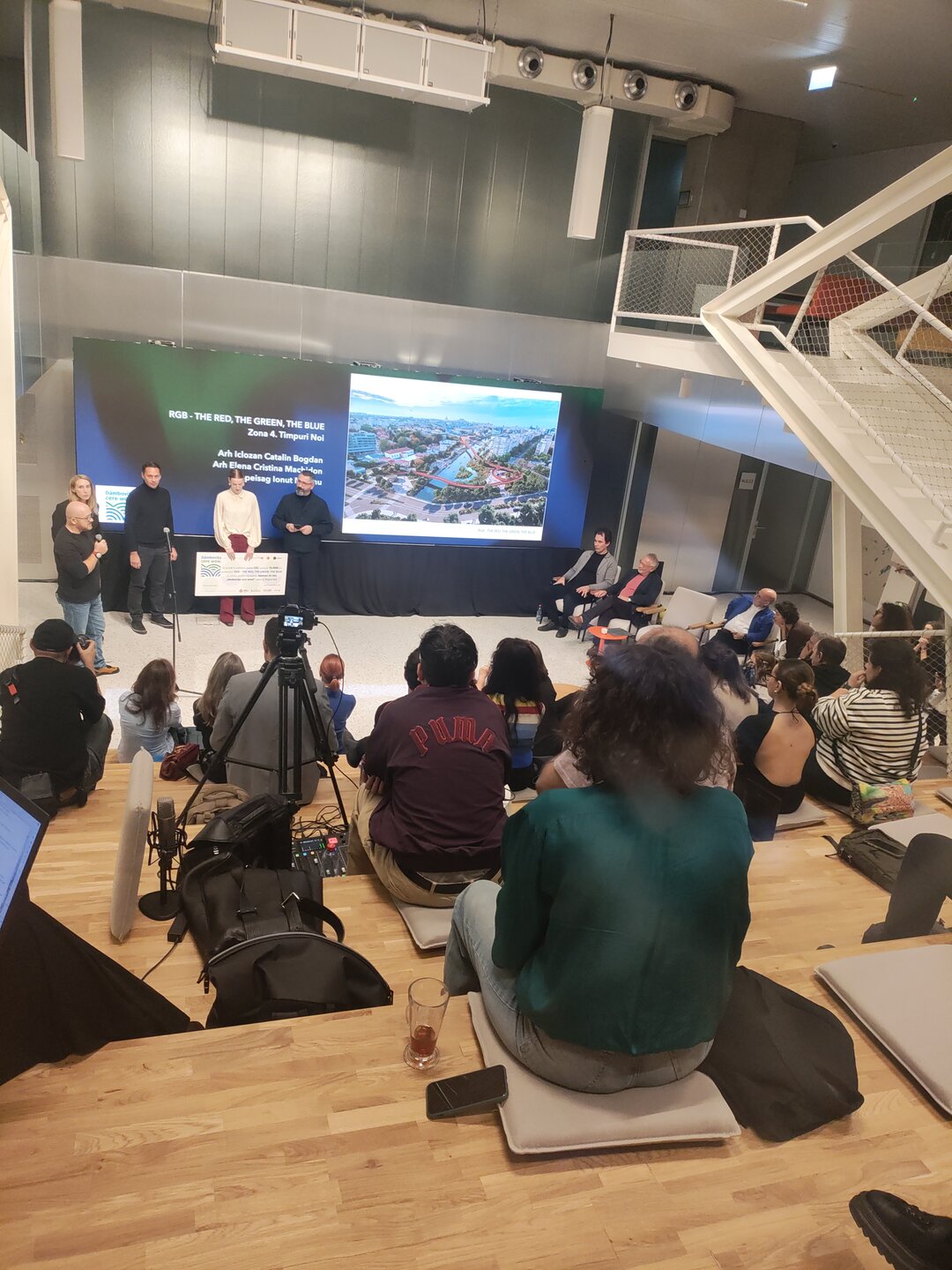
Lee Ufan - Versailles (17 june • 2 november 2014)
15.04.2014
„After Giuseppe Penone last year, the guest artist in Versailles for summer and autumn 2014 is Lee Ufan, the painter and sculptor of Korean origin. The intense and silent works of this artist will be placed in the palace and in the gardens, at the foot of the Gabriel stairs, in the majestic perspective designed by Le Nôtre and around the corner of walks or in the mysterious groves, completing and modifying the atmosphere for a time.
Born in 1936 in a mountain village in South Korea, Lee Ufan was first initiated to traditional Chinese culture. His training, anchored in Far-Eastern tradition first led him to literature and writing. After moving to Japan at the age of 20, he studied philosophy and engaged in political action for the reunification of the two Koreas. At the same time, he started his career as an artist, taking an interest in Jackson Pollock’s gestural abstraction, while at the same time studying traditional Japanese painting.
His activity as a critic and a theorist was noted as were his artistic experiments, when he became one of the members of the Mono-Ha artistic movement, a term which could be translated as “the School of Things”. According to Lee Ufan’s definition, as the founder and
theorist of this group of Japanese artists, its principle was to use a thing without adding anything to it. They took and assembled industrial materials, daily objects, natural objects, without modifying them. This method did not consist in using things and space to embody an idea but came from the wish to let diverse elements live through the relationships they have between themselves. Mono-Ha appeared at the same time as the European and North-American trends grouped in Arte Povera, Supports-Surfaces or Land Art movements, all ways
of rethinking the very bases of sculpture and painting. Mono-Ha is in many ways their equivalent in another geographical and cultural background and has many common features with these other artists in both free use of materials and formal reduction.
[...] In Versailles, the artist will install ten works, all entirely new, some of them of unusual size to correspond to the spaces in the gardens. Behind their very restricted formal vocabulary, true diversity will emerge ; some configurations will be completely new in his work. This exhibition will create a major landmark in Lee Ufan’s sculptural work with its confrontation to the exceptional site. One of the major artists in the contemporary art scene is going to be revealed on a large scale in the prestigious setting of Versailles, after retrospectives at the Galerie nationale du Jeu de Paume in Paris in 1997-1998 and at the Solomon R. Guggenheim Museum in New York in 2011. A museum dedicated to his work, by the major Japanese architect Tadao Ando was inaugurated on Naoshima Island. Lee Ufan won the prestigious Praemium Imperiale in Japan and his works feature in many international museums among which the Centre Pompidou. Lee Ufan lives in Kamakura
in Japan, but he maintains close relationships with France where he has worked for the last twenty year in his Paris atelier. His recent exhibition at the kamel mennour gallery attracted a lot of attention. The artist exhibiting in the Versailles gardens is a familiar figure on the French art scene.”
Alfred Pacquement
Curator of the Lee Ufan Versailles exhibition
Space-time opening
„I have long wished to create an arch-shaped work, like a rainbow suspended above horizon. This is why I am very happy to have the opportunity of realizing this project in the historical gardens of Château de Versailles. This work will go beyond the history of Versailles and beyond my own history. Space itself will open up and become a place to encounter viewers, to breathe together. There is a form of transcendence in this project, because of its presentation in Versailles. The idea is not to install an object coming straight out of the workshop, but to create a true dialogue with the site. I think the work must work both ways. It cannot be a closed object but an open door. I often use stone, which represents nature and metal which is a symbol of industrial society. They interact depending on the environment and create an essential relationship there. The works presented will be mostly composed of stone and metal. From narrow paths to vast gardens and the palace’s drawing rooms, the circulation of air in space will give the viewer the feeling that their heart is beating. Space-time will open in the gardens of Versailles in June 2014.”
Lee Ufan
(From an interview of the artist with Philippe Piguet, L’oeil #665, February 2014)
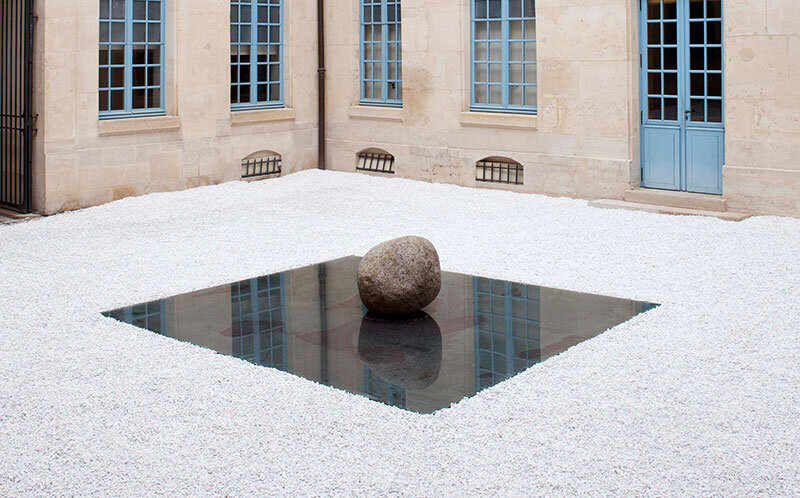
Lee Ufan
Relatum, Le Repos de la Transparence, 2013
Acier, verre, pierre
Dimensions variables
Vue de l’installation, Musée de la Chasse et de la Nature, Paris
© ADAGP Lee Ufan
Photo. Fabrice Seixas
Courtesy the artist and kamel mennour, Paris
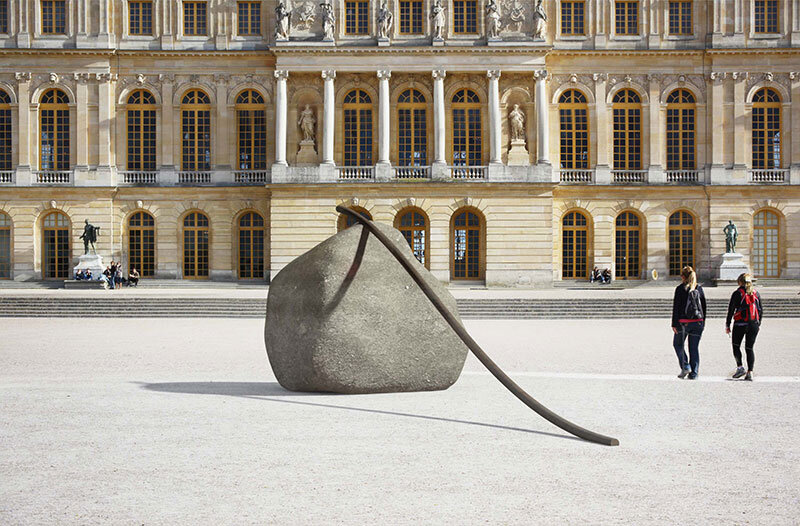
Lee Ufan
Photomontage pour Relatum - The Cane of Titan, 2014
© ADAGP Lee Ufan
Courtesy the artist ; kamel mennour, Paris and Pace Gallery, New York
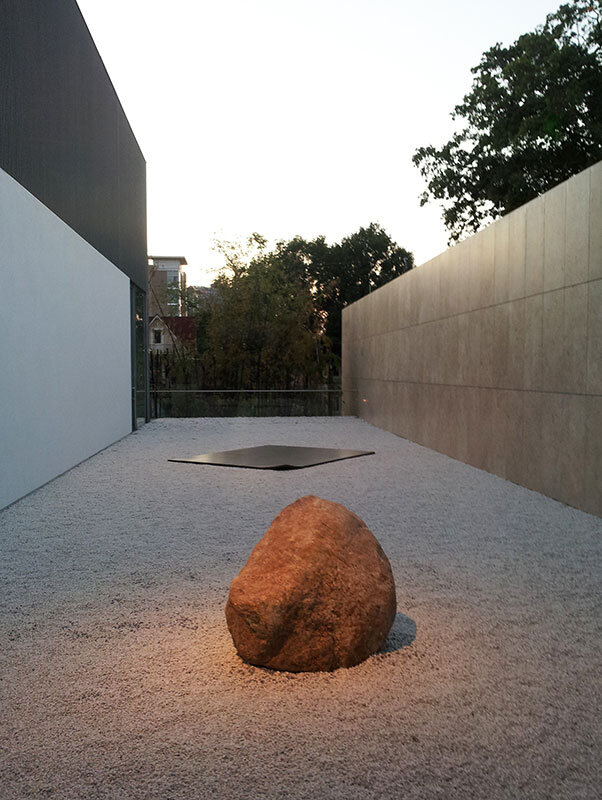
Lee Ufan
Relatum - Signal, 2012
Acier, pierre
Les dimensions d’ensemble variant selon l’installation
Vue de l’installation, Asia Society Texas Center, Houston, USA
© ADAGP Lee Ufan
Courtesy the artist and kamel mennour, Paris






